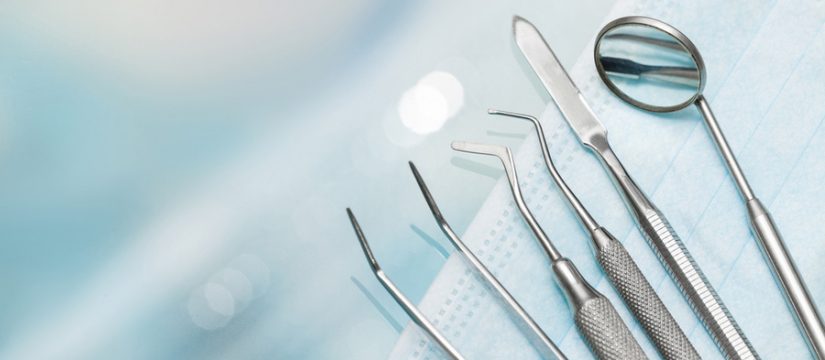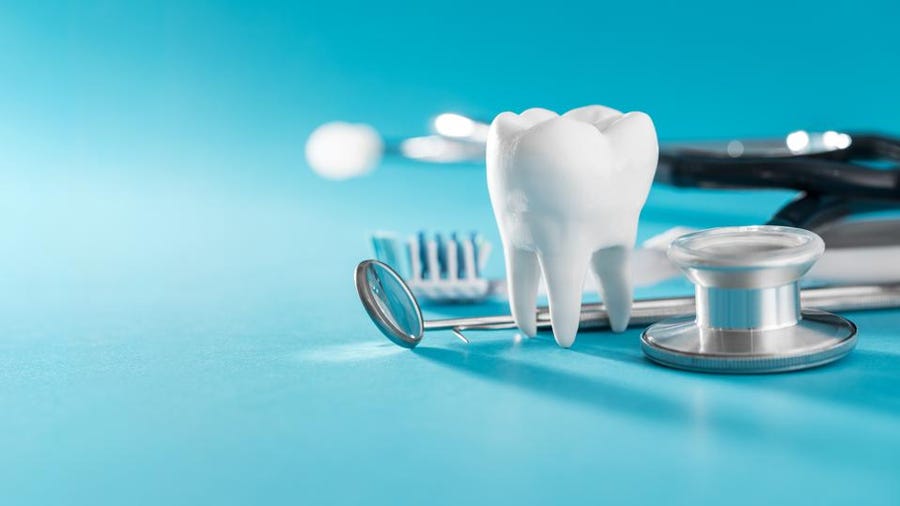


Authors Desk
WELCOME TO IJOHMR
Journal employs a three-step review system.
Initial review: The editorial office reviews each submission to determine whether the topic is in scope of the journal, the structure complies with journal requirements and the paper is not clearly affected by commercial bias. Manuscripts that do not meet minimum criteria are returned to the authors with adequate comments.
Peer review: If the submission is suitable for expert review, it gets reviewed by Journal’s Reviewer Board. Two to three experts are asked for reviewing a manuscript.
Final decision: Based on reviewer’s recommendations, the editor makes the final decision to accept or decline the submitted manuscript. The corresponding author is notified by e-mail about the final decision, along with reviewers’ reports.
Publication Frequency: Journal will be published on Bi-monthly basis. Manuscript Submission: Medical, Dental undergraduate/ postgraduate students and practicing doctors are eligible to submit their papers for publication in the journal. Researcher those who have conducted clinical trials, meta-analysis, etc are also eligible to submit papers. Manuscripts should be submitted as an attachment directly through the submission portal.
The email must contain the following items as attachments each as a single document:
- Covering letter
- Title page with author’s names and corresponding address and communication details. It is mandatory is to provide contact number of the Corresponding author.
- Abstract and Keywords
- Manuscript main document as MS Word (.doc or .doc)
- Acknowledgment (if any)
- References
Manuscript Requirements By Type: Journal welcomes authors to submit the following types of manuscripts:
Original Research Articles: Original researches articles are papers that describe significant clinical or basic research and must provide adequate detail so that the experiment can be critically evaluated. Manuscripts submitted as original research articles have a limit of 4000 words (excluding title page and references), and they should comprise of the following sections:(1) title page; (2) structured abstract, no more than 300 words; (3) keywords; (4) introduction;(5) materials and methods; (6) results; (7) discussion; (8) conclusion; (9) acknowledgment; (10) references; and (11) tables and figures.
Reviews: Review articles are papers that collect and analyze the research findings on a particular basic or clinical topic. Review article should take a broad view of the field and use evidence-based systematic approaches. Review papers should be should be limited to 4000 words (excluding title page and references), and they should contain the following sections: (1) title page; (2) unstructured abstract, no more than 250 words; (3) keywords; (4) introduction; (5) main body; (6) conclusion; (7) acknowledgment; (8) references; and (9) tables and figures.
Reports: Case Reports and case series are papers that present one or more well-documented unique clinical cases which provide clinically valuable information for dental students. Case reports and case series should not exceed 2000 words, and they should include the following sections: (1) title page; (2) unstructured abstract, no more than 250 words; (3) keywords; (4) introduction; (5) case description and results; (5) discussion; (6) conclusion; (7) acknowledgment; (8) references; and (9) tables and figures.
Short communication: Short communications of 1-2 (3-6 double-spaced) pages should be no longer than 2000 words. Abstract should be within 150 words.
Letters to the Editor: Letters are the papers which offer constructive criticism of articles published in the Journal. They should discuss articles published in the last issue of the journal, and they must be submitted within three months of the article’s publication date. Letters should not exceed 1000 words.
Manuscript Format and Structure : The Journal accepts manuscript which are prepared in accordance with the “Uniform requirements for Manuscripts submitted to Biomedical Journal” developed by the International Committee of Medical Journal Editors(ICMJE). Manuscripts should be in English, written in a clear, concise style in Times Roman. They should be typed as a Microsoft Word document in double space on the A-4 size page set up with margins of at least 1 inch (25 mm). All pages should be numbered consecutively beginning with the title page. Tables and figures should not be embedded in the body of the text, but they should be placed after the references. Each of the following sections should begin on a separate page:
Title page: The title page should carry the following items: (1) the complete title of the paper; (2) the full names of the authors, with the highest academic degree; (3) the academic affiliation of the authors; (4) Running Title, no more than 40 characters; (5) the full name, postal address, telephone number, and email address for the corresponding author.The title must be concise, informative and contain the major keywords. Kindly avoid abbreviations in the title.
Abstract and Keywords: The abstract should provide an accurate summary of the study. For original Research Articles, the abstract should be structured and organized into the following headings: Introduction, methods, results, and conclusions. The abstract should not contain abbreviations, table, or references. Five to ten keywords should be provided below the abstract in alphabetical order. Use terms from the Medical Subject Headings (MeSH) list of Index Medicus when possible (available at http://www.nlm.nih.gov/mesh/meshhome.html). Introduction: This should summarize the rationale and provide a background for the study. The specific purpose of the study must be clearly stated in the final paragraph of the introduction.
Materials and Methods: This section must describe the methods used in the research in sufficient detail so that other researchers would be able to fully reproduce the study. If established methods are used, authors should give reference and present the method only briefly. Statistical method should be described in adequate detail. When the materials or devices are first identified, specific proprietary name, manufacturer, and the location of manufacturer (city and country) should be given in parenthesis.
Results: It should be presented in a logical sequence in the text, tables, and illustrations. Authors should provide exact p-values where they report statistically significant differences.
Discussion: It should emphasize the new and important findings of the research and relate the present findings to those of other relevant studies conducted in the field. In addition, the discussion should provide implications of the findings and describe the strengths and limitations of the study.
Conclusion: Conclusion must be based on the data presented in the study, and it should be closely linked to the objectives of the study. Unqualified statements and conclusions not adequately supported by data must be avoided.
Reporting guidelines: Journal encourages authors to follow the reporting guidelines during manuscript preparation. The relevant guidelines are listed.
- STROBE (for reporting of observational studies in epidemiology)
- COREQ Checklist (for reporting of qualitative research)
- CONSORT Statement (for reporting of randomized controlled trials)
- STARD (for reporting of diagnostic accuracy studies)
- PRISMA (for reporting of systematic reviews)
- MOOSE (for reporting of meta-analyses of observational studies)
- ARRIVE (for reporting of animal research)
The Equator Network (Enhancing the Quality and Transparency of health Research) provides a comprehensive list of reporting guidelines. More details on these and other reporting guidelines are also available on the website of US National Library of Medicine.
Randomized controlled trials: All randomized controlled trials submitted for publication in the journal should include a completed Consolidated Standards of Reporting Trials (CONSORT) flow chart. Submitted manuscripts that do not include this flow chart, where appropriate, will be rejected without entering the review process. Trials must register at or before the onset of patient enrollment. The clinical trial registration number should be included at the end of the abstract of the article. For this purpose, a clinical trial is defined as any research study that prospectively assigns human participants or groups of humans to one or more health-related interventions to evaluate the effects of health outcomes. Health-related interventions include any intervention used to modify a biomedical or health-related outcome (for example drugs, surgical procedures, devices, behavioral treatments, dietary interventions, and process-of-care changes). Health outcomes include any biomedical or health-related measures obtained in patients or participants, including pharmacokinetic measures and adverse events. Purely observational studies (those in which the assignment of the medical intervention is not at the discretion of the investigator) will not require registration.Patient consent:Studies on patients or volunteers require ethics committee approval and informed consent which should be documented in your paper. Patients have a right to privacy. Therefore identifying information, including patients images, names, initials, or hospital numbers, should not be included in videos, recordings, written descriptions, photographs, and pedigrees unless the information is essential for scientific purposes and you have obtained written informed consent for publication in print and electronic form from the patient (or parent, guardian or next of kin where applicable). If such consent is made subject to any conditions, Journal must be made aware of all such conditions. Written consents must be provided to the Journal on request. Even where consent has been given, identifying details should be omitted if they are not essential. If identifying characteristics are altered to protect anonymity, such as in genetic pedigrees, authors should provide assurance that alterations do not distort scientific meaning and editors should so note. If such consent has not been obtained, personal details of patients included in any part of the paper and in any supplementary materials (including all illustrations and videos) must be removed before submission.
Acknowledgement: Acknowledgments may be made to individuals who contributed specify contributors to the article other than the authors accredited. Acknowledgments should also specify the source of any funding for the study.
References: References must be listed at the end of the paper and numbered consecutively in the order in which they are first mentioned in the text. All references must be cited in text or tables by Arabic numerals in superscript after the end of a sentence. Example- The lesion was found to be granulomatous type.2(in Super-script). Authors are encouraged to use only English references. In addition, authors are responsible for the accuracy of the references and for their correct citations. Journal follows Uniform Requirements style for references offered by International Committee of Medical Journal Editors. Examples can be found at: http://www.nlm.nih.gov/bsd/uniform_requirements.html
Examples are as follows:Journal Articles: Suryavanshi HN, Moghe AG, Baonerkar HA, Desai KD. Immediate Tooth Replacement by Natural Tooth Pontic after Tooth Avulsion: Our Clinical Experience. Int J Dent Med Res 2015;1(5):105-108Tables: Each table should be typed on a separate sheet of paper and headed by a brief descriptive title. Tables should be numbered consecutively in Arabic numbers in the order of their citation in the text. Authors should list explanations, including abbreviations, as footnotes, not in the heading.Figures: Figures should be import in the text each on a separate page, and also they should be supplied separately in jpg, TIFF or other graphics file. Figures should be numbered consecutively according to the order in which they have been cited in the text. Each figure should have a brief caption that adequately describes the figure. If a figure has previously been published, written permission from the copyright holder must be provided.
AFTER ACCEPTANCE: Upon acceptance of a manuscript for publication, acceptance letter will be forwarded to you. Then the manuscript will be forwarded to the Production Editor who is responsible for the production of the articles.
PROOF CORRECTION: The corresponding author will receive an email containing a designed article. Hence a working email address must therefore be provided for the corresponding author. The proof will be in PDF (portable document format) format. This will enable the file to be opened, read on screen, and printed out in order for any corrections to be added. Further instructions will be sent with the proof. Proofs must be returned within three days of receipt. Please note that the author is responsible for all statements made in his work, including changes made by the copy editor.
